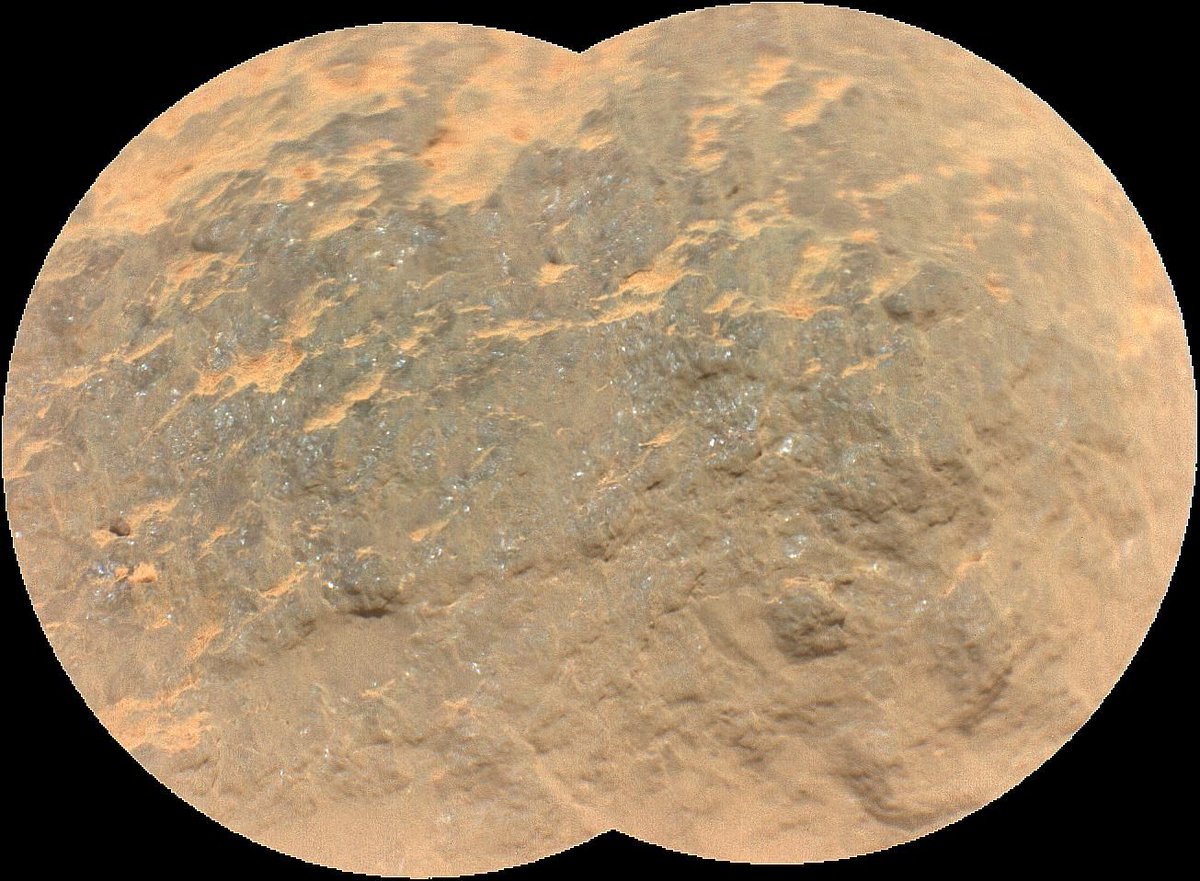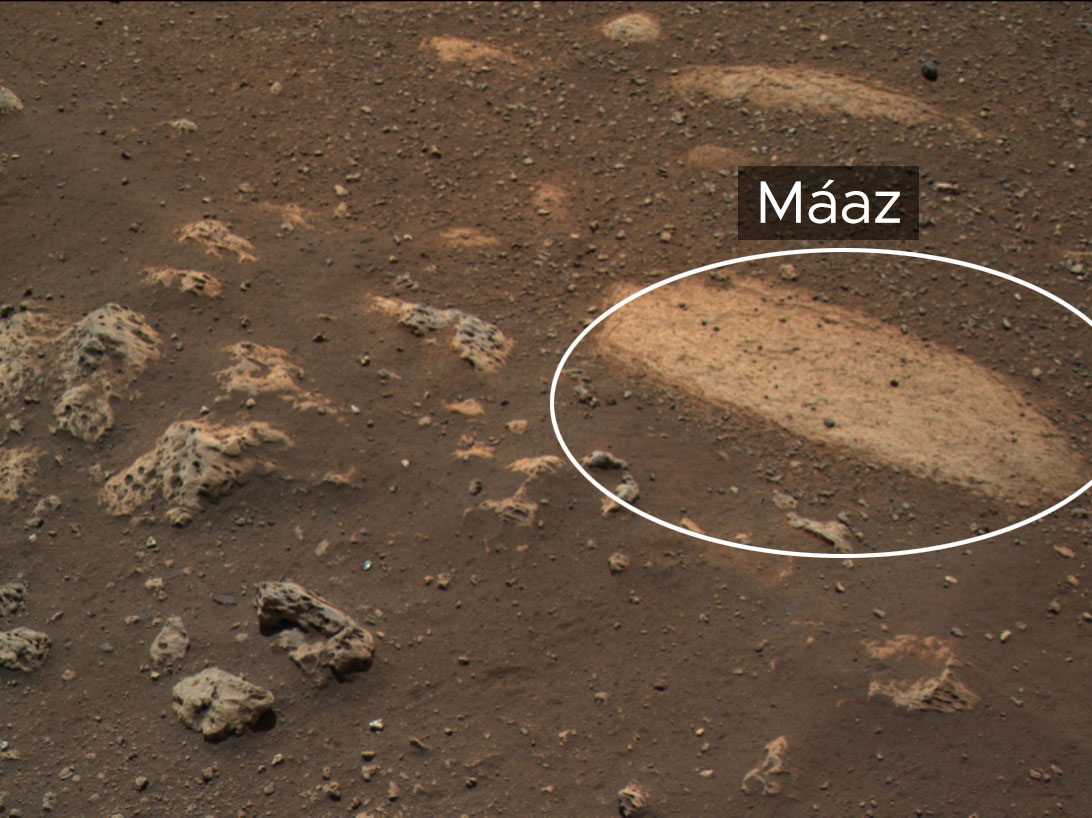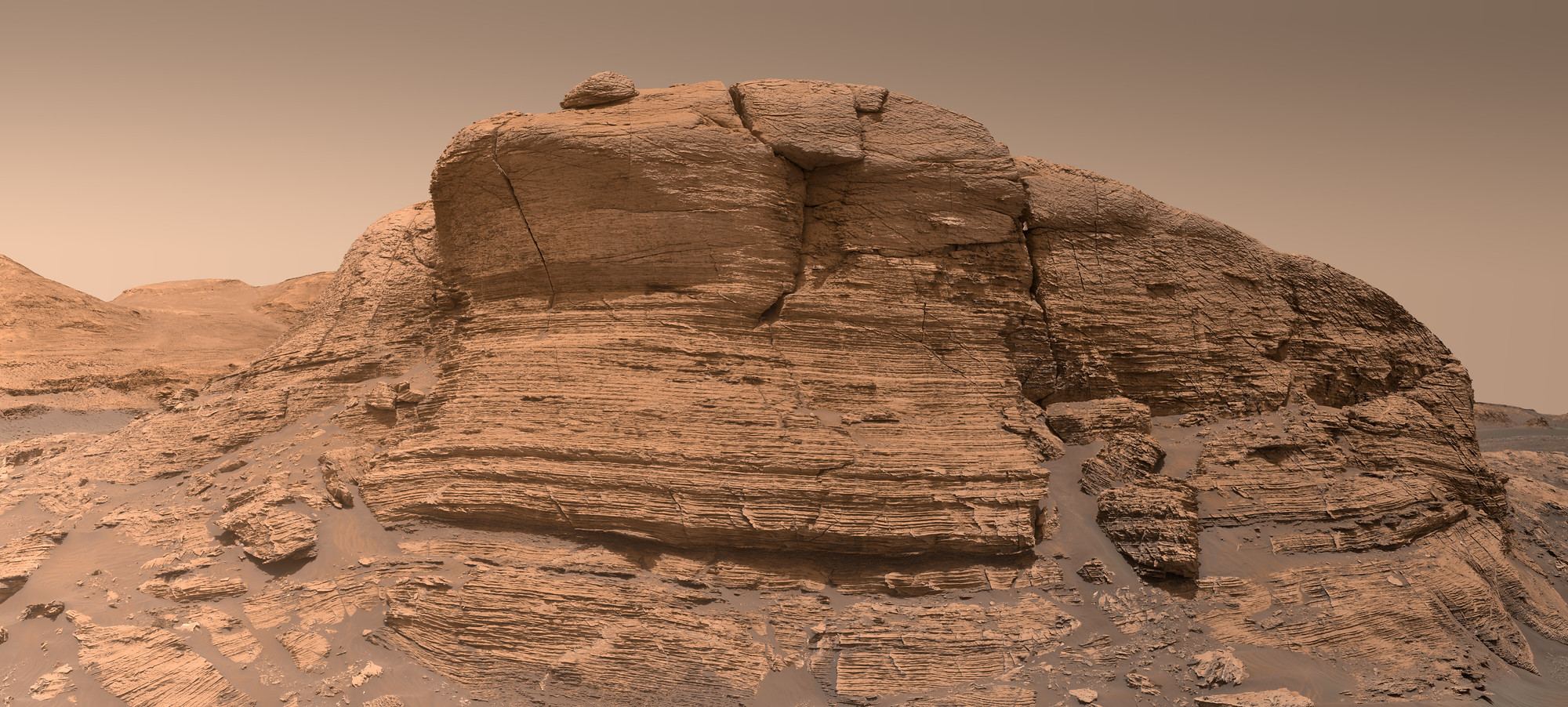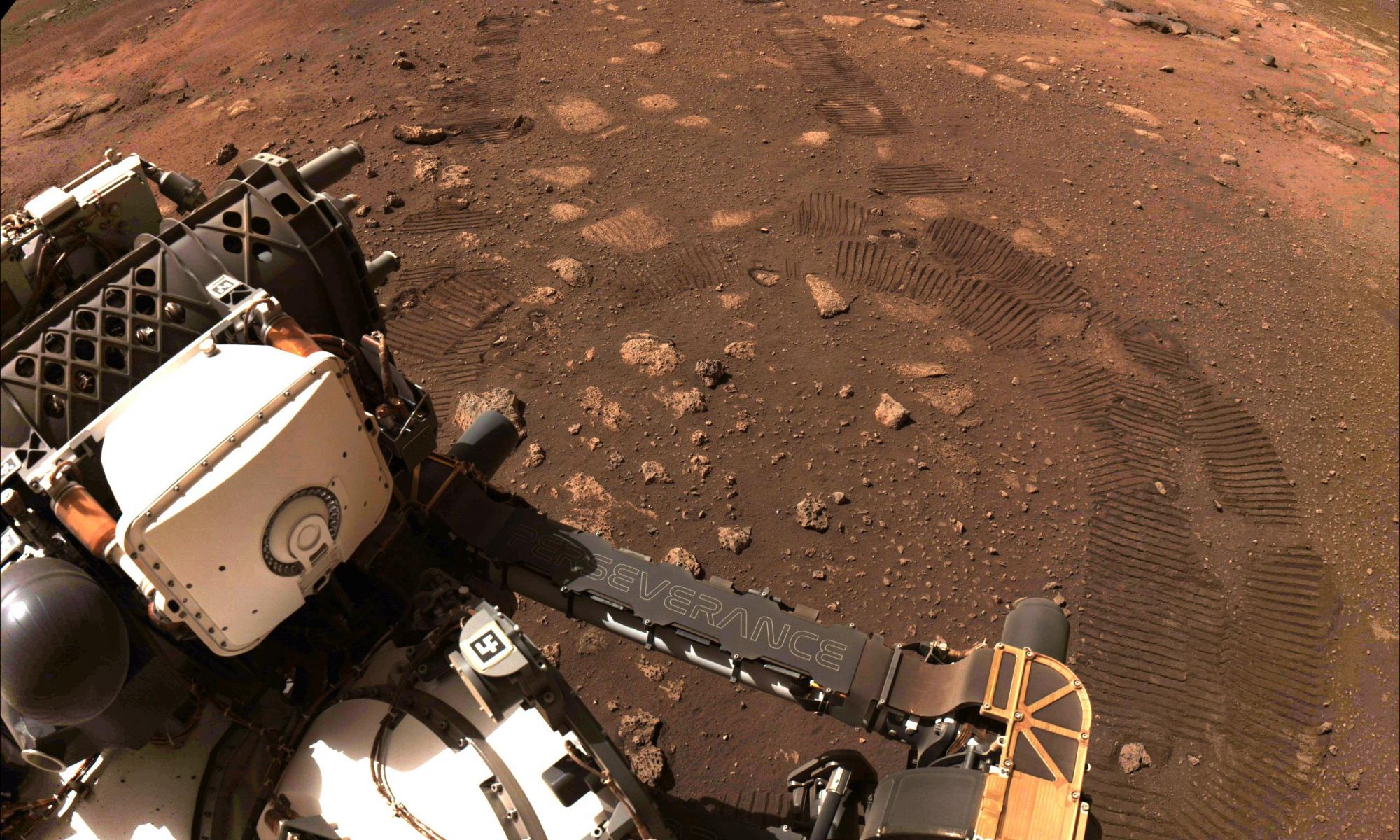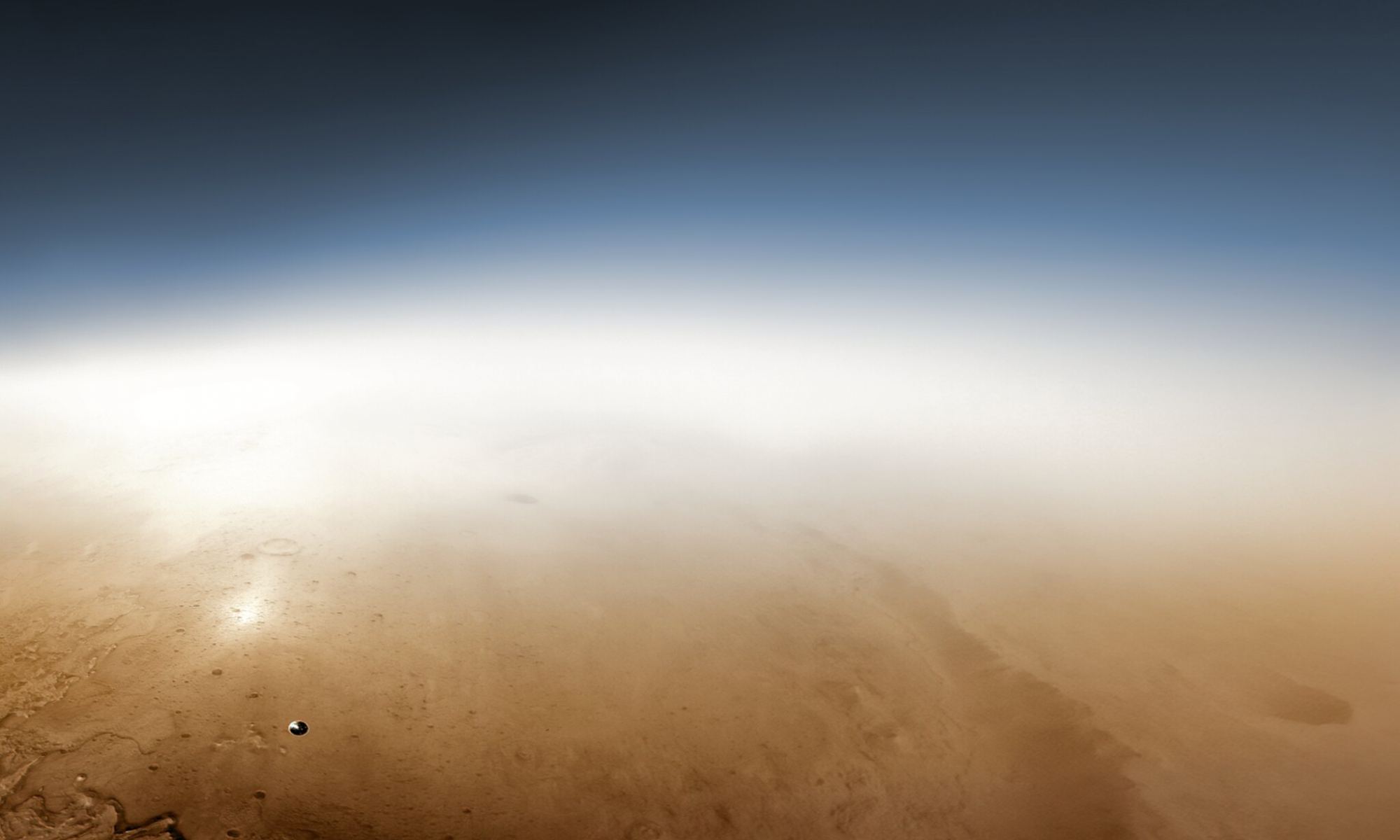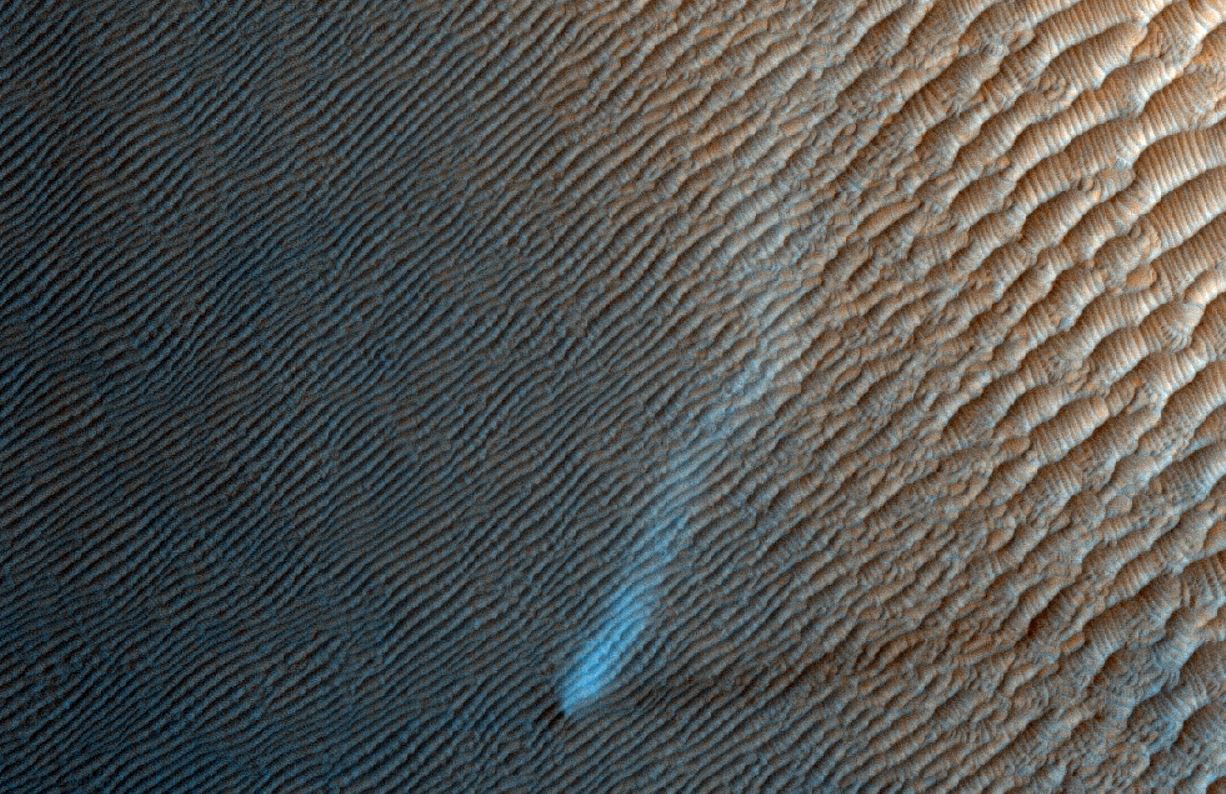All across the Martian surface, there are preserved features that tell the story of what Mars once looked like. These include channels that were carved by flowing water, delta fans where water deposited sediment over time, and lakebeds where clay and hydrated minerals are found. In addition to telling us more about Mars’ past, the study of these features can tell us about how Mars made the transition to what it is today.
According to new research led by Brown Ph.D. student Ben Boatwright, an unnamed Martian crater in Mars southern highlands showed features that indicate the presence of water, but there is no indication of how it got there. Along with Brown professor Jim Head (his advisor), they concluded that the crater’s features are likely the result of runoff from a Martian glacier that once occupied the area.
Continue reading “A Lake in a Martian Crater was Once Filled by Glacial Runoff”


